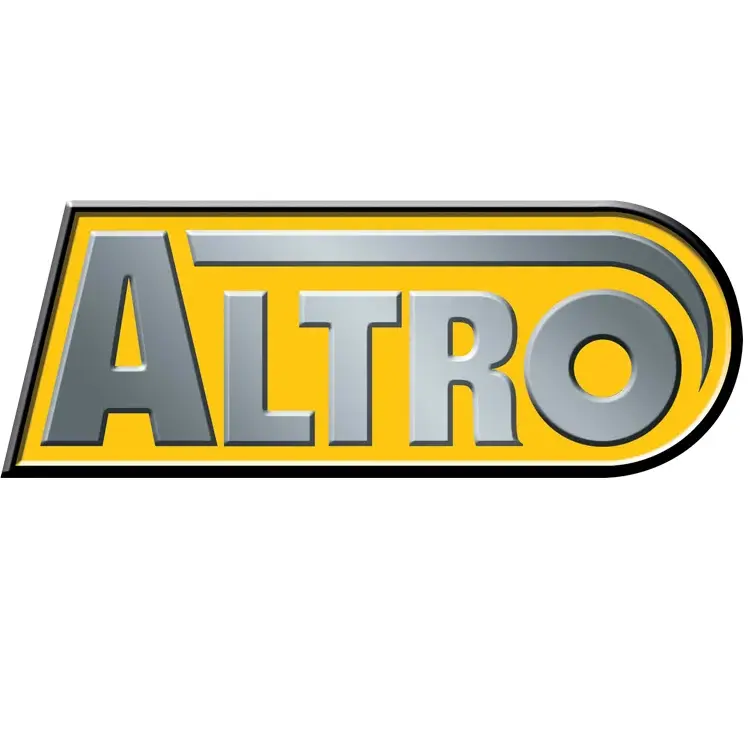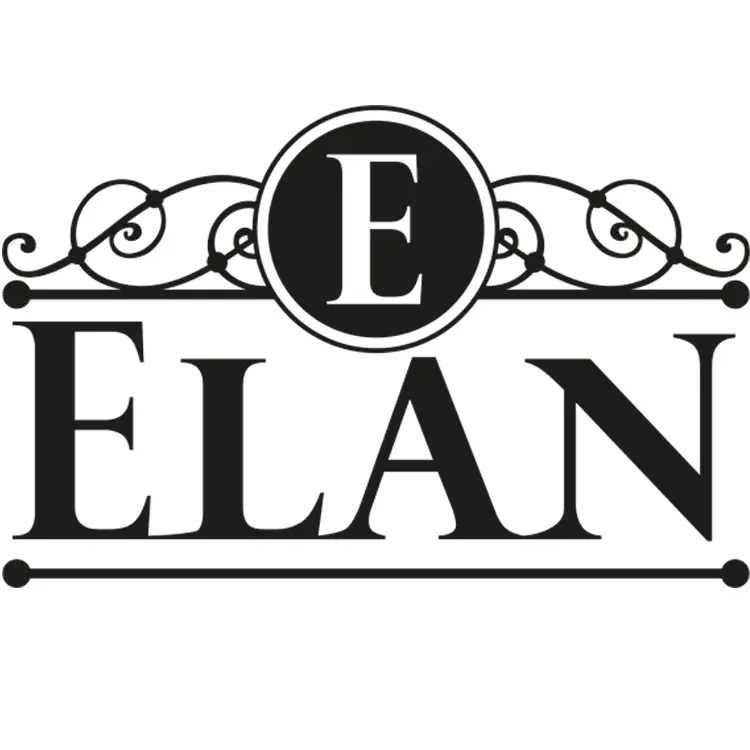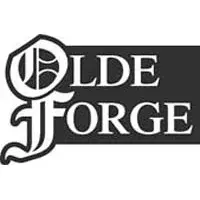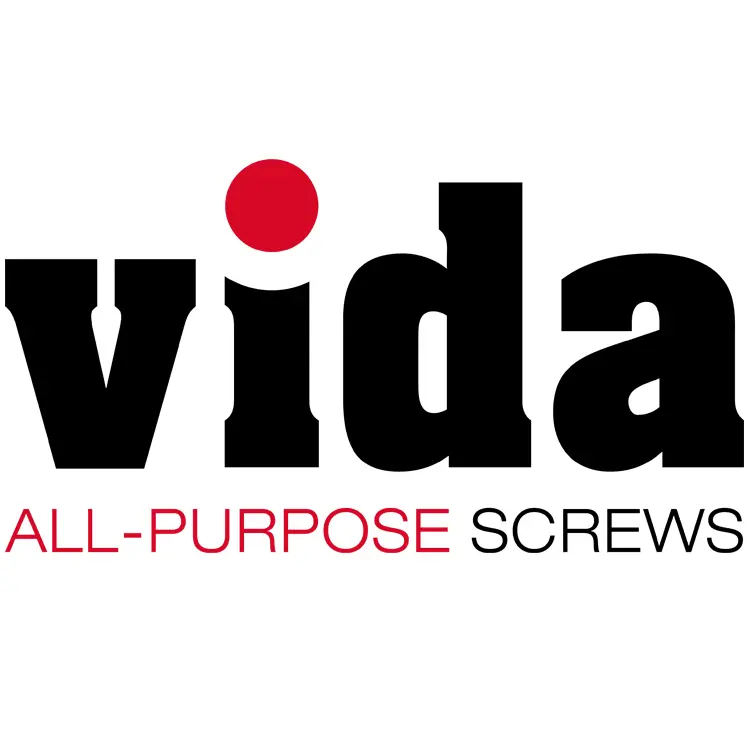3rd December 2024
Panic vs Emergency Exit Hardware
Selecting the right exit hardware for your building can be a challenge. Panic Exit Hardware and Emergency Exit Hardware are often confused for each other, so we’ve partnered with Briton to help identify the differences between them and how to know which one to use for your application.
IronmongeryDirect
3rd December 2024
5 mins
What is panic hardware?
Panic exit hardware is designed to provide a safe and effective escape through doorways with minimum effort and without prior knowledge of its operation. Horizontal panic bars must cover at least 60% of the door width, to meet regulation BS EN 1125 and the code of practice of fire escape doors. Panic exit hardware is recommended for escapes routes in public or non-public buildings where people may not be familiar with the escape routes. Typical applications are Schools, Hospitals, Shops, Theatres and Cinemas.
What is emergency exit hardware?
Emergency exit hardware are devices operated by a lever handle, push pad or pull pad and are intended for emergency purposes where a panic situation is unlikely to arise. It is recommended for situations where people have been trained in their operation and the route of their escape. Typical applications include Offices, Private Apartments and Store & Boilers rooms.
How do I decide between Panic Hardware and Emergency Exit Hardware for my project?
There are two questions which can help answer whether you need to select Panic Hardware or Emergency Exit Hardware for your application.
- Is the area accessible to the public?
- Will more than 60 people use the area?
If the answer is Yes to both these questions you should install a Panic Solution to meet BS EN 1125. If the answer is No then you should install an Emergency Solution to BS EN 179.
If you are still unsure always choose products certified to EN1125.
Need Access from Outside?
It is also possible to operate exit devices from the outside of the building if required. The device used to achieve this is referred to as an Outside Access Device. These devices are essentially handles, either lever or knob operated, and are useful if an escape door is also required to offer a means to enter the building. For additional security a digital code lock can be used.
To shop from our full range visit Panic And Fire Exit Hardware | Door Closers | IronmongeryDirect














